- The goal of carbon neutrality by 2060 is to promote the implementation of restructuring with large steel companies

On the afternoon of January 28, 2021, after multiple verifications, it was confirmed that the news of Shandong Iron and Steel Group's merger into Baowu Iron and Steel Group was true. The merger has now entered a substantive stage, and the official announcement may be made public after the holiday.
It is worth mentioning that for industry insiders, the rumors of Shanshan Iron & Steel's merger with Baowu first appeared before and after Baowu's merger with Taiyuan Iron and Steel Group. It took only half a year from the rumors to the landing. "From the perspective of time span, compared with the previous merger and acquisition process with Maanshan Iron and Steel, Baowu's merger rhythm is accelerating." An industry insider said.
According to public information, Shandong Iron & Steel Group's steel output in 2020 will exceed 30 million tons. After being merged with Shandong Iron & Steel, Baowu Group's annual output may reach approximately 150 million tons, and its position as the world's largest steel company continues to be consolidated.
Even so, in industries where the output of crude steel will exceed 1 billion tons in 2020, Baowu Group's output will only account for less than 15% of the entire market, and China's steel industry is still in a state of high dispersion. For this reason, many people in the industry have told reporters that the pace of Baowu's merger and reorganization will not stop, and the current scale is only the "starting point."
Baowu merger acceleration
In this news, the market is most relevant to the concept of "substantial advancement". According to the past cases of Baowu mergers, the basic principle of "one company, one business" will still be followed in the process of future mergers with Shangang.
The so-called "one company, one industry" means to merge similar items in the process of merger and reorganization, and to integrate similar steel businesses into a listed or unlisted company as much as possible. "In the early stages of integration, a business unit system may be adopted. In the future, it will be managed under a company through the equity management model." An industry expert told reporters.
Take Baowu’s acquisition of TISCO as an example. As the second largest manufacturer in the domestic stainless steel field, the latter announced at the beginning of the merger that its goal is to become the flagship platform company and global The most competitive stainless steel industry chain enterprise group.
Shortly afterwards, Baowu started the internal integration of the group's stainless steel plate. At the end of 2020, the Chinese Baosteel Desheng Stainless Steel Co., Ltd. and Ningbo Baoxin Stainless Steel Co., Ltd. will be placed under the trusteeship of Taigang Group to formally integrate their stainless steel business sectors.
At present, the main steel companies under Shangang Group are Jinan Steel, Laiwu Steel and Yongfeng Steel. The main products of the former are medium and thick plates used in boilers, while Laiwu Steel is long products for construction. Yongfeng Iron & Steel previously announced that its special steel project with an annual output of 6 million tons will be put into production at the end of the year and will be integrated under Baowu's subsequent Of special steel plates. "Baosteel's goal is to cultivate leading listed companies in different business sectors." said the above-mentioned experts.
At the same time, the addition of Shangang not only expanded Baowu's product categories, but also brought three A-share listed companies under the former's Shandong Iron and Steel, Jinling Mining, and Zhongtai Securities, and one H-share listed company from Luzheng Futures.
In accordance with the requirements of Shandong Province's "Notice on Promoting Provincial-owned Enterprises to Focus on the Development of Main Business and Accelerating the Liquidation and Integration of Non-Main Business Assets", Shandong Iron and Steel Group will complete 6 non-main business enterprises in 2020 in accordance with the three-year action plan for liquidation and integration of non-main business assets Withdrawal tasks, complete all planned exit and reorganization tasks by the end of 2021, and complete the clean-up and integration tasks of non-main business by the end of July 2022.
At present, Shangang Group has 26 non-main business enterprises, mainly involved in real estate, finance and other industries. They are proceeding in an orderly manner according to the three disposal positioning classifications of "exit, retention, and reorganization". The household plans to reorganize.
For this reason, the two listed platforms of Zhongtai Securities and Luzheng Futures, which are not the main businesses of the Shanxi Iron and Steel Group, may withdraw in the follow-up process of the follow-up of Shanxi Iron and Steel’s own clean-up process. The listed company that ultimately belongs to Baowu will be Shandong Iron and Steel. The roles of Jinling Mining and Jinling Mining in the future integration process need to be disclosed separately.
In addition, Baowu's integration of Shangang means that the former's channel capacity in Shandong has been greatly enhanced. "Shandong market marketing channels are difficult to achieve through simple equity transfers." The above-mentioned expert told reporters, "The combination of the two can exert a greater scale effect, and Baowu's layout in the Shandong market will be more perfect."
Steel enterprise mergers are still on the way
In June 2016, Baosteel and WISCO reorganized their strategy, and the established China Baowu Iron and Steel Group became China's largest steel company, officially kicking off the prelude to large-scale mergers and reorganizations of the Chinese steel industry.
From the current perspective, the reorganization is an important measure taken by my country in the context of resolving excess steel production capacity and industrial restructuring. It is in line with the reform of state-owned enterprises. While keeping a group for warmth, it will eliminate outdated production capacity, adjust product structure, reduce production costs, and reduce production costs. After the reorganization, Wuhan Iron and Steel Co., Ltd. turned losses into profits in the same year after the reorganization of high-value-added steel products, such as homogeneous competition.
At the same time, as the world's largest steel producer and consumer, China finally has a globally competitive super steel company. Baowu Group became the second largest steel company in the world after ArcelorMittal in that year, with a designed production capacity of more than 80 million tons, and its crude steel output accounted for 7.5% of the country's crude steel output.
After three years of reorganization and integration, Baowu Group officially took over 51% of the equity of Maanshan Iron & Steel Group, which was transferred free of charge by the State-owned Assets Supervision and Administration Commission of Anhui Province, and officially opened a new model for central enterprises to reorganize large local state-owned enterprises. In September 2020, Baowu Group merged with Taiyuan Iron and Steel Group in the same way and officially surpassed ArcelorMittal to become the world's largest steel company.
In the same year, Baosteel reached cooperation with Guangdong Yueshao Iron and Steel and Chongqing Iron and Steel by signing various cooperation agreements, transferring equity and signing the "Concert Agreement". And formally took over Sinosteel in October, and the pace of reorganization of China's steel industry has accelerated significantly.
It is worth mentioning that the Shangang Group, which was merged into Baowu this time, was first established through the merger and reorganization of Jinan Iron and Steel and Laiwu Iron and Steel Co., Ltd., and before and after its establishment in 2008, it was once the same size as Baosteel Co., Ltd. One of the best steel production bases in China.
Under the leadership of Baowu Group, during the "Thirteenth Five-Year Plan" period, the pace of mergers and acquisitions of iron and steel enterprises has accelerated significantly, and the concentration of the iron and steel industry has shown an overall upward trend. The crude steel output of the top ten iron and steel enterprises accounted for the proportion of the country’s crude steel, up from 35.9 in 2016. % Increased to 39.2% in 2020, especially in 2020, an increase of 2.6 percentage points over 2019, the fastest increase since 2011.
After Shangang merged with Baowu, "China Kobelco" will not stop, and will continue its merger and reorganization.
At a press conference held by the Information Office of the State Council on January 26, Huang Libin, spokesperson for the Ministry of Industry and Information Technology and Director of the Operation Monitoring and Coordination Bureau, said that the promotion of industry concentration will be promoted, and the industry will be promoted to resolve the long-standing serious homogeneity competition and unreasonable resource allocation. , R&D and innovation collaboration capabilities are not strong and other aspects, improve the industry’s innovation capabilities and economies of scale.
With the continuous deepening of mergers and reorganizations of Chinese steel enterprises, the China Iron and Steel Industry Association recommended at a press conference held on the 27th that government departments should focus on top-level design, remove institutional and institutional obstacles that affect mergers and acquisitions, and improve policy support and guarantee systems , To provide a good environment for the smooth progress of mergers and reorganizations and play a good guiding role.
Iron and steel enterprises are facing important opportunities for high-quality transformation and development, but they are also facing huge challenges from environmental constraints and low-carbon development. Iron and steel enterprises must also make full use of the state's support policies in financial services, debt, employee placement, and land. Optimize and rationally allocate resources, improve operation and production efficiency, accelerate the rationalization of productivity layout, and obtain synergistic effects, so that mergers and reorganizations can truly achieve the effect of "1+1>2". Editor/Sang Xiaomei
Comment
 Praise
Praise
 Collect
Collect
 Comment
Comment
 Search
Search


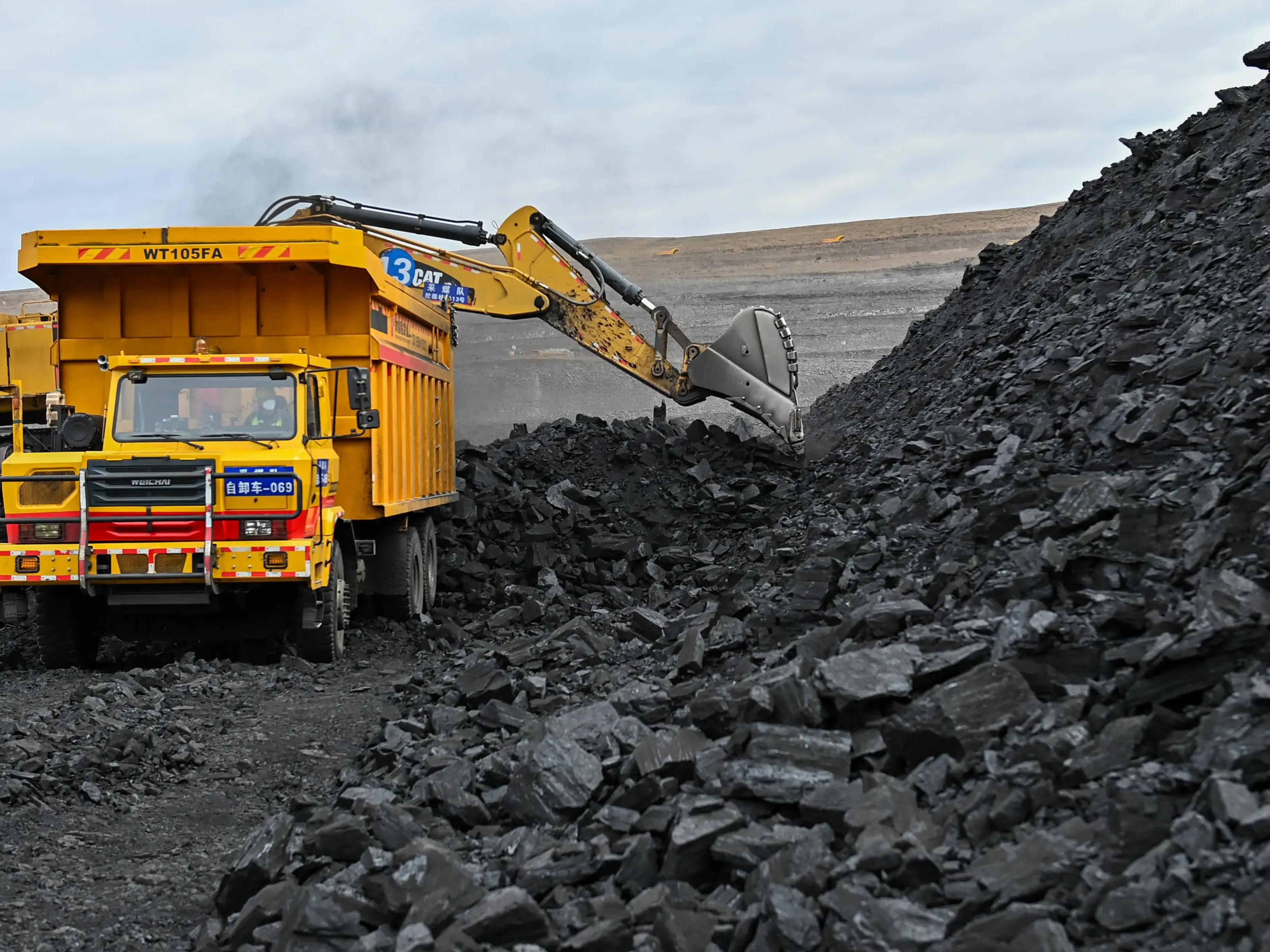
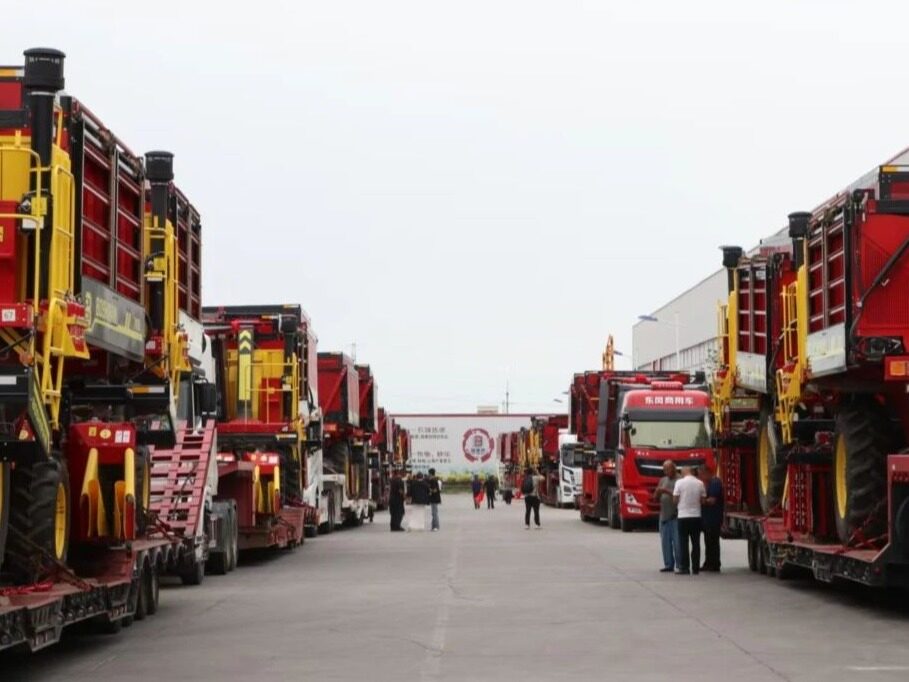
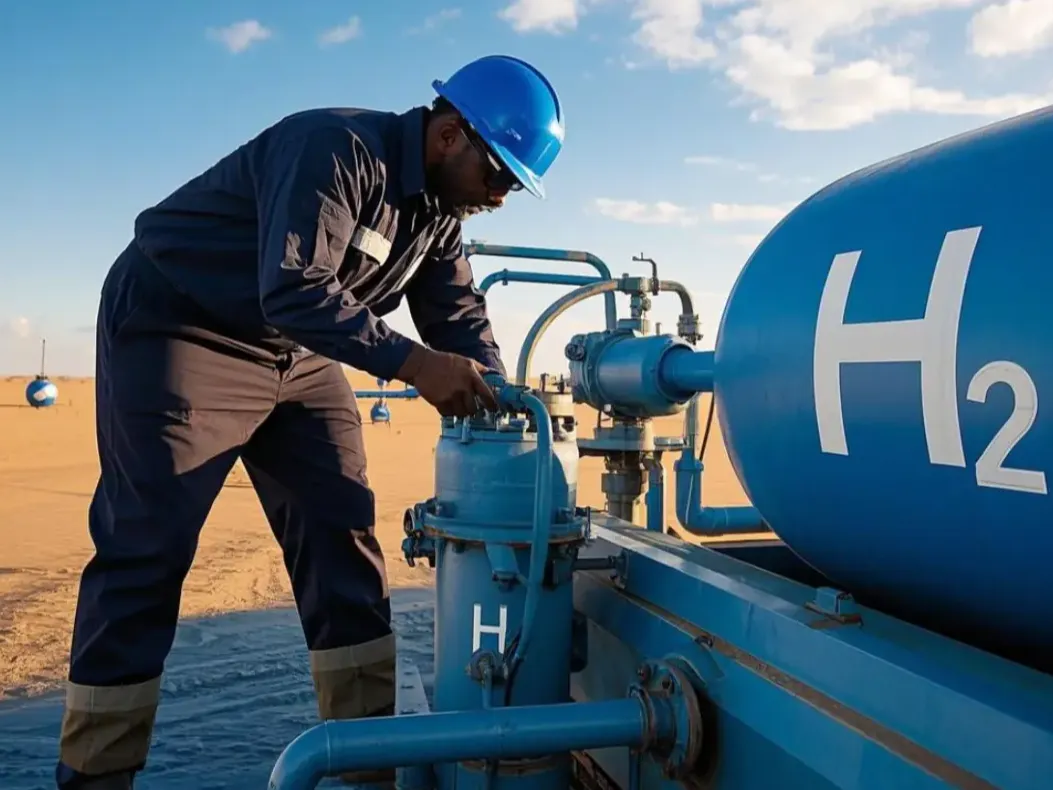
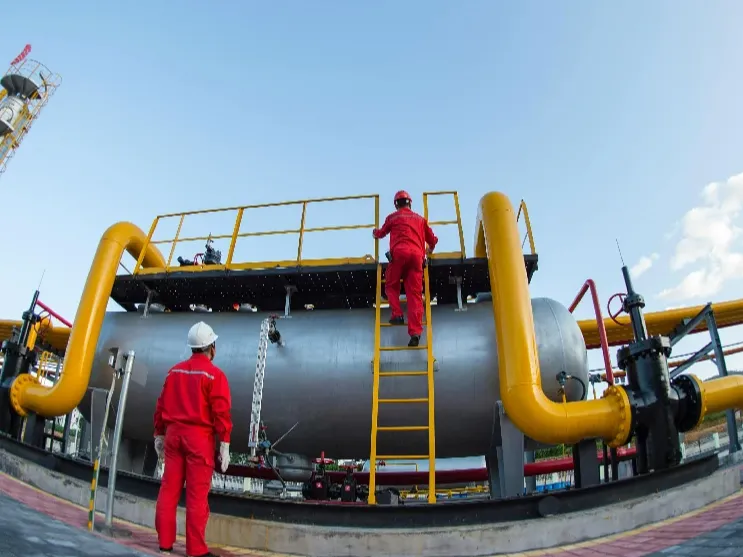
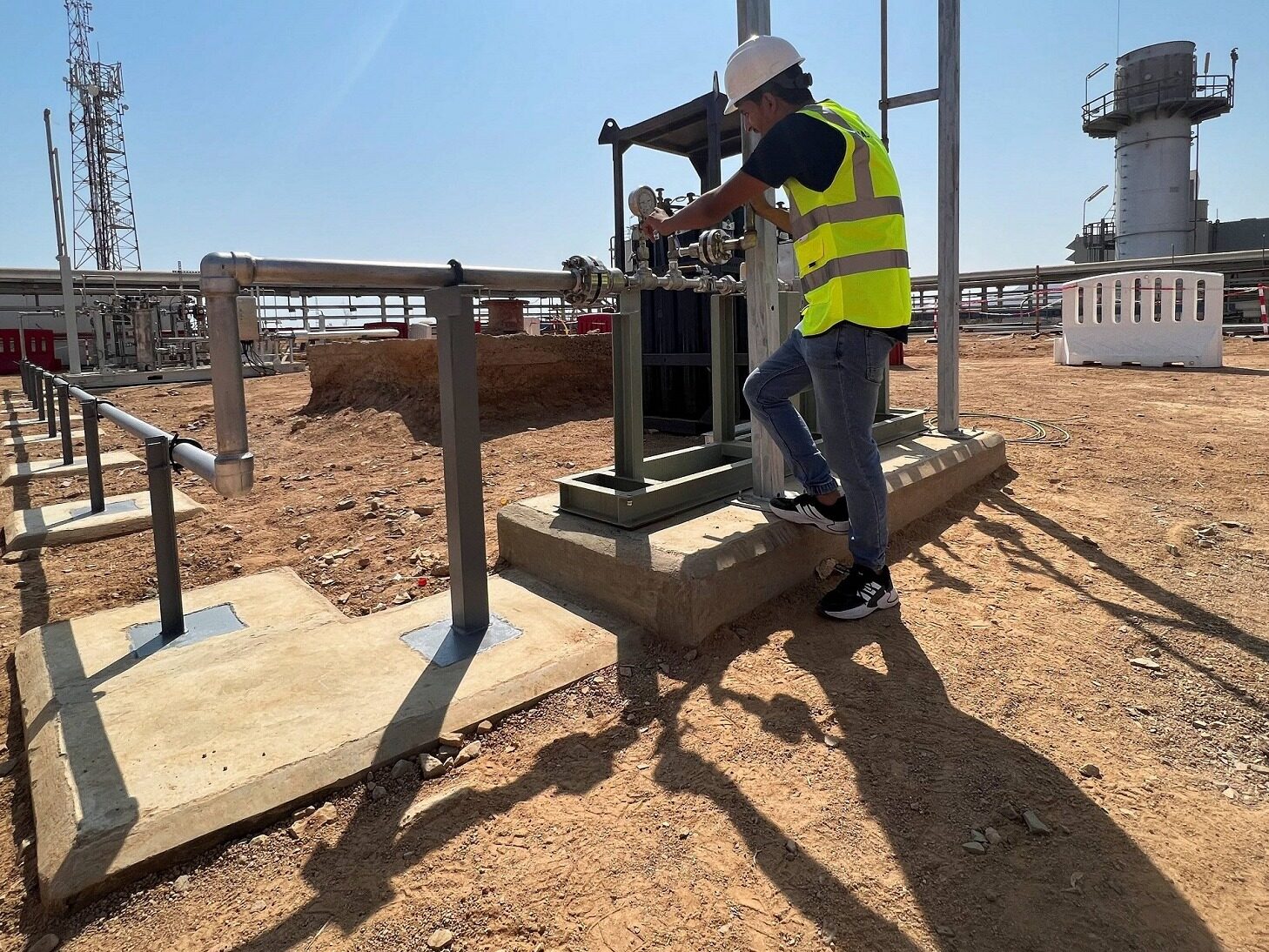
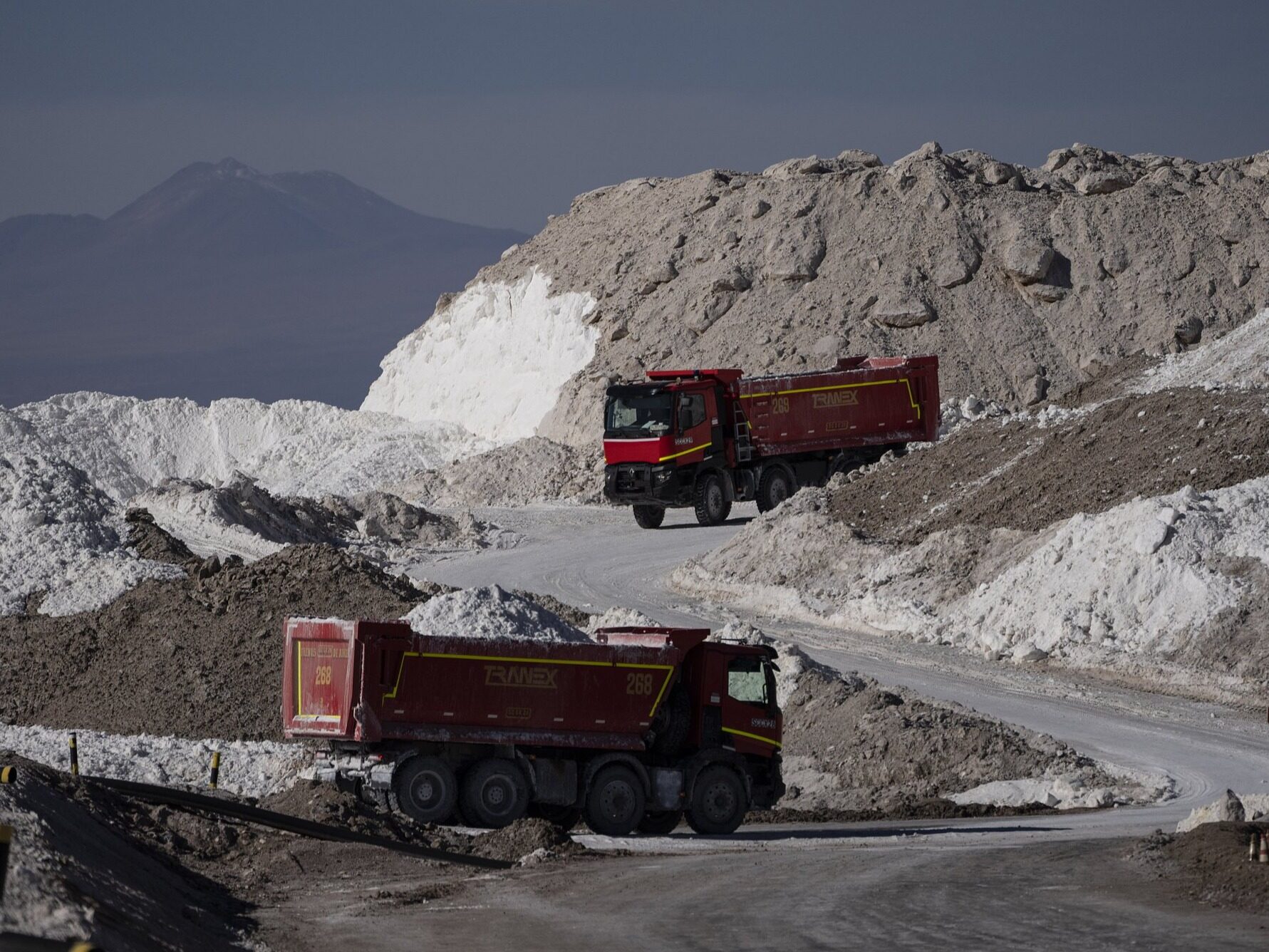






Write something~